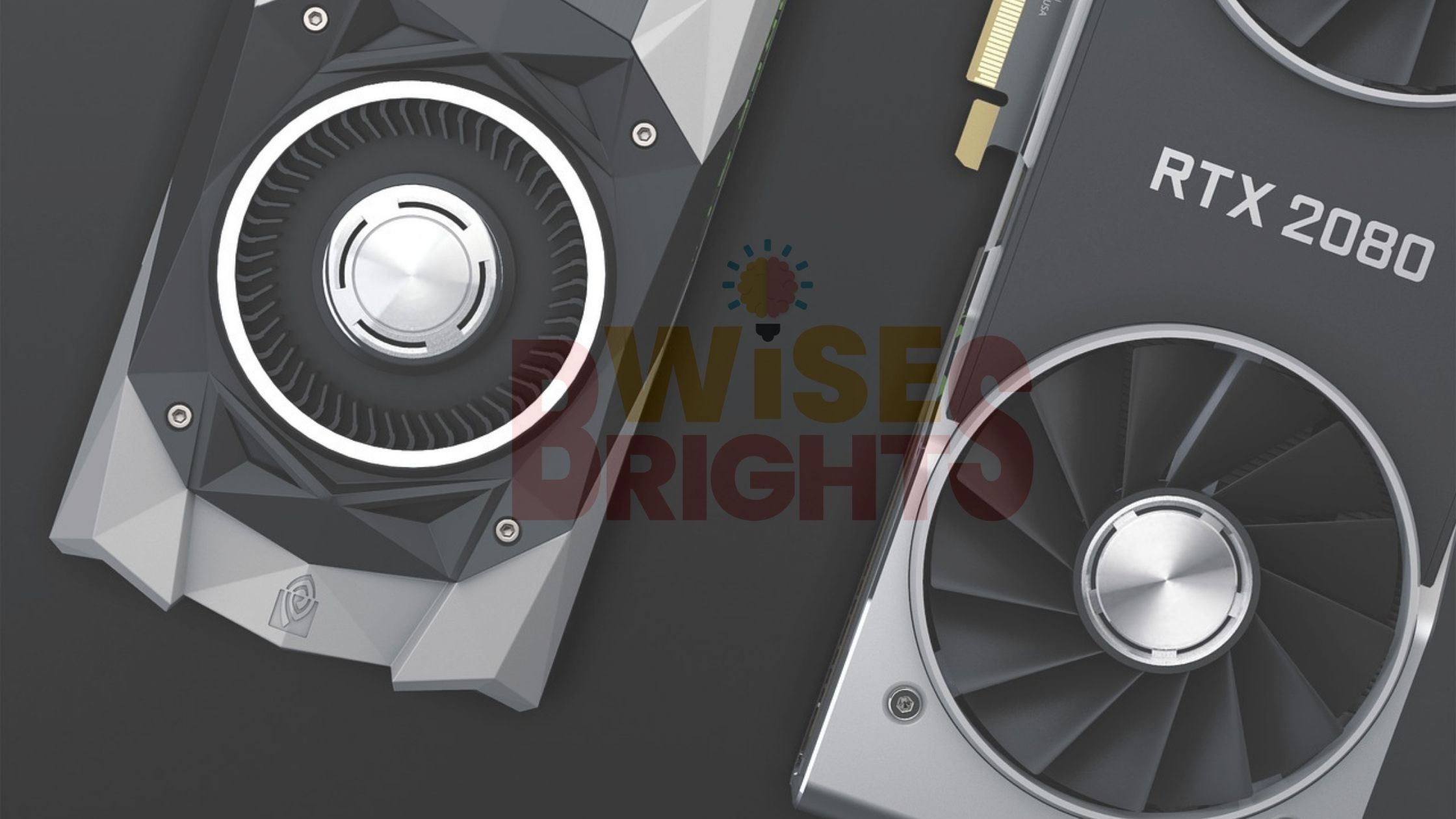The NVIDIA RTX 5090 and its counterpart the RTX 5090D are gaining attention in the past as being among the top consumer GPUs available on the market. With promises of next-level performance and huge improvements in ray tracing and power efficiency as well as AI-enhanced graphics, these GPUs were anticipated to be the leaders in premium gaming and content creation scenes.
However, despite all of the excitement, a flurry of user-generated reports has brought a serious issue to the forefront: damaged GPUs RTX 5090 and 5090D. As more users report their experiences on the internet, questions are surfacing concerning reliability, firmware and the possibility of early hardware flaws.
What’s the real issue? Let’s take a deeper look at the subject.
What Does “Bricked” Mean in GPU Terms?
When people say that the GPU”is “bricked,” they’re usually talking about a situation in which the GPU becomes inoperable, usually due to a problem with the firmware or an update that fails. It can happen in two ways:
- Soft Brick Soft Brick GPU is not functioning for a short time, but it could be re-activated by fixing the issue or flashing the firmware again.
- hard brick The GPU gets permanent damaged, usually requiring repairs or replacement by a professional.
The RTX 5090 or 5090D, a lot of users are facing black screens, inability to recognize the card in BIOS or systems that can’t even boot once it is connected.
Reported Bricking Cases: How Widespread Is It?
After the RTX 5090, and 5090D were launched, Reddit threads, Discord channels as well as Tech forums have become filled with reports of damaged or broken cards. Some of the most popular complaints are:
- Cards that die in firmware updates or during the process of removing them
- Rapid disappearance of display, with no prior notice
- There are no signs of life on boot, no lights, no fans and no indication
It’s also interesting that a lot of these incidents occurred after the installation of NVIDIA driver updates. NVIDIA drivers or customized firmware developed by the board’s partners.
In a few instances there was instability in the system when they tried minor tweaks to their overclocking. Others were using default settings from the factory and faced the same issue.
Possible Causes Behind RTX 5090 Bricking
While no reason has been identified by NVIDIA however, the community has gathered some possible causes.
1. Faulty Firmware or Driver Updates
A lot of users have reported problems with bricking that occur after updating drivers through GeForce Experience and firmware flashes made using third-party tools. It’s possible that specific firmware versions were not tested for compatibility with all models of partner cards which could lead to problems with compatibility that lead to failures to initialize.
2. Power Delivery or PSU Compatibility
The RTX 5090 series uses a new version of the 16-pin (12VHPWR) power connector, which requires an exact installation and a stable power. Some people believe that low-quality or non-compliant PSUs can result in the device to malfunction during the boot or load sequences that are heavy.
3. Thermal and Overclocking Issues
Though it’s advertised as having high thermal tolerances however, the RTX 5090’s extreme boosts to factory settings may not leave much space for additional overclocking headroom. The users who push their cards to the limit could cause unintentionally the card to overheat or suffer damage due to voltage.
4. Early Manufacturing Batches
Like many other technological devices, the early adopters could have issues with their hardware which weren’t discovered before the launch. If this happens it is likely that a greater RMA effort might be required.
NVIDIA and Partner Responses
As of now, NVIDIA has not released an official statement on the bricking issue fully. However, some board partners, like ASUS and MSI have been quietly updating their BIOS firmware and tools and firmware versions to fix issues with stability.
Some customer service representatives have recognized the issues and authorized RMAs with no hassle, indicating that they are aware of the issue.
While this isn’t yet an official recall, it’s evident that companies take customer complaints seriously. What’s the best advice we’ve received so far? If your GPU isn’t working following a firmware update, or exhibits unusual behaviors, reach out to the manufacturer right away.
Community Workarounds and Fixes
For those who want to do their own in the kitchen, the community has created a number of DIY fixes, though none of them will work for each situation.
1. Using the Dual BIOS Switch
A lot of RTX 5090 models and the 5090D have dual BIOS switches (often denoted “OC” and “Silent”). If one BIOS is damaged, switching to the backup may restore the card to normal.
2. Manual vBIOS Flashing
Advanced users have attempted manually flashing a brand new vBIOS by using tools such as NVFlash. This method is possible when the card can be at least partially recognized. However, it’s a risk and is not recommended for people not experienced.
3. Checking Power Connectors and Motherboard Settings
Certain users found that reconnecting power cables or clearing CMOS can help temporarily solve detection issues. Others suggest upgrading the motherboard BIOS in order to make sure that it is compatible with the latest GPUs.
As always, these are just recommendations from the community. be cautious and always call the manufacturer prior to making any fix that might cause a warranty to be canceled.
Tips to Prevent Bricking Your RTX 5090 / 5090D
Although there’s no 100% sure-fire method but here are some top practices that you can use to lower the risk of getting caught:
- Do not install firmwares with early firmware or beta driver upgrades unless they are absolutely necessary
- Choose a premium, ATX 3.0-compliant PSU with sufficient wattage
- Make sure that the 16-pin power cable is completely and securely connected
- Check the thermals frequently and stay clear of extreme overclocking
- Get feedback from the community prior to implementing any major changes
Should Users Be Concerned About Buying the RTX 5090?
In the present, reports of bricking are alarming but still constitute just a tiny portion of the total user base. The majority of RTX 5090 or 5090D models work flawlessly and are they are delivering on their performance promises.
However, it’s important for buyers to
- Shop at reputable stores with clearly defined return policies
- Keep an eye out for official driver and firmware releases notes
- Stay up to date via tech news and forums updates
If you have a mission-critical setup or a lack of troubleshooting expertise might want to think about waiting longer until the first problems are resolved.
Final Thoughts
The RTX 5090 and 5090D are unquestionably powerful pieces of hardware however, early adoption is accompanied by some risks. Bricking issues, whether caused by the firmware, power or manufacturing flaws–can be expensive and frustrating.
At the moment, the most effective course of action is to keep yourself informed and avoid any unnecessary updates and take care of your GPU. If things fail, be aware that you’re not the only one–and that the majority of manufacturers are coming into action to fix the problem.
When more information is made available, we hope for NVIDIA as well as its associates will be able to provide more permanent solutions and better guidelines. In the meantime, users must be cautious and rely on the tech community to provide support.





